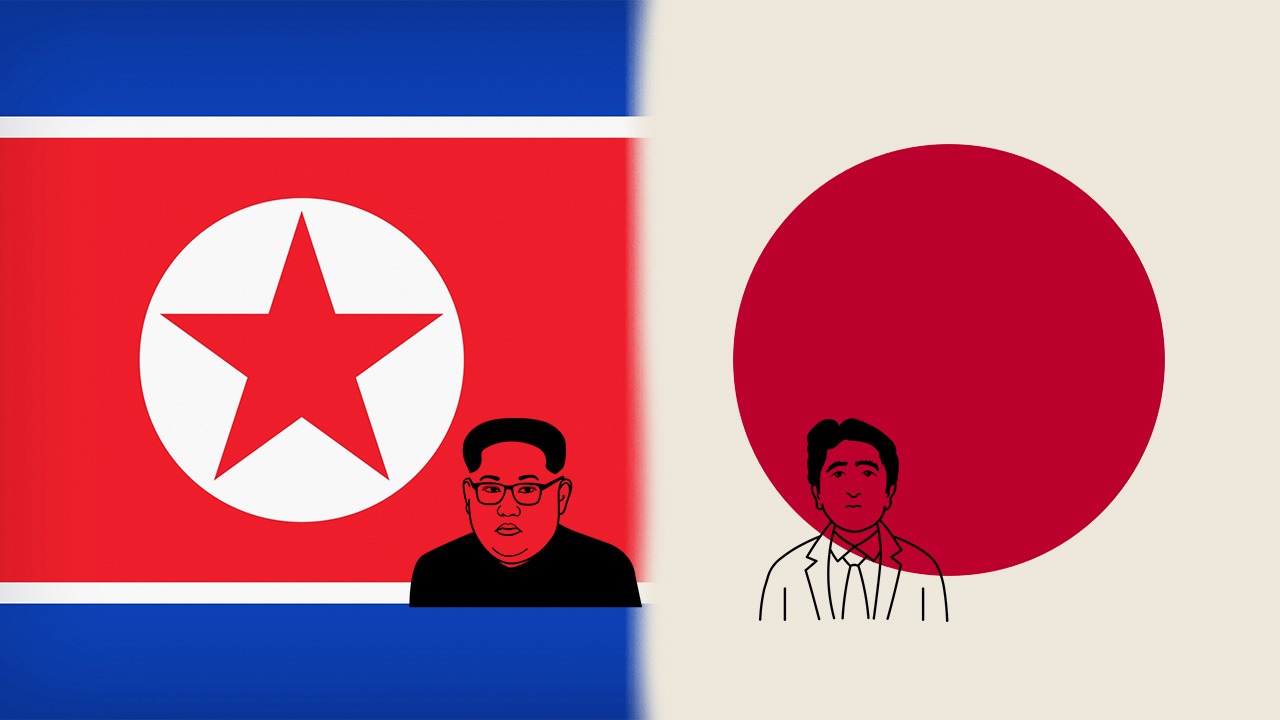DPRK: Current Status of the Development of Nuclear Weapons
APLN Policy Brief 35
The following is a summary. Click on the adjacent link to download the full brief.
North Korea has conducted five nuclear tests and more than 20 missile tests to date. Nuclear weapon systems are considered by North Korea to be critical assets that provide it with asymmetric strategic advantages. Its nuclear weapon program is supported by extensive infrastructure networks of facilities, experts, technologies and materials at the Yongbyon Atomic Energy Research Center and by illegal international trafficking networks. To solve the impasse of its nuclear and missile programs, it is important to understand the full capacity of the North Korea’s nuclear infrastructure and adopt integrated strategies to manage the threats in a timely manner. The lessons from the historic US-led Cooperative Threat Reduction programs applied to the former Soviet Union and to Iraq can be used to design custom-made solutions for North Korea. In addition, financial packages should be developed in advance to support future programs of international cooperation.
About the Author
Yongsoo Hwang is a Principal Researcher at Korea Atomic Energy Research Institute (KAERI.) Before re-joining KAERI Dr Hwang served as a Director General of the Strategic Poli-cy and Research Centre at the Korea Institute of Nuclear Non-proliferation and Control (KINAC). Dr Hwang has worked in Korea Atomic Energy Research Institute for more than 25 years in the field of spent fuel management; served as a member of the IAEA Director General’s expert advisory group on Multilateral Approaches to the Nuclear Fuel Cycle; and been a Visiting Fel-low at the Center for Strategic and International Studies (CSIS), Washington.
Image: Pixabay stock, Gerd Altmann.




